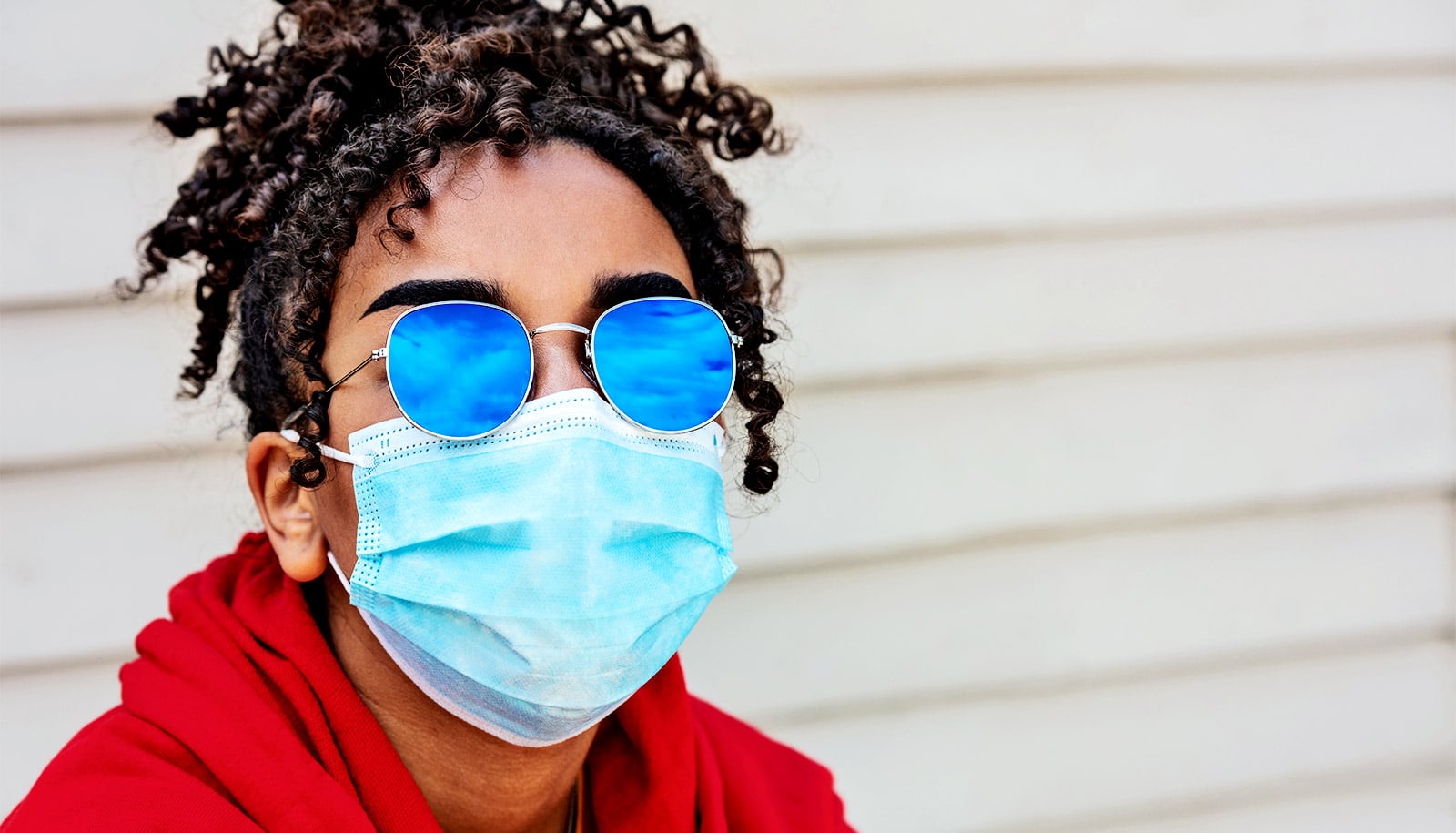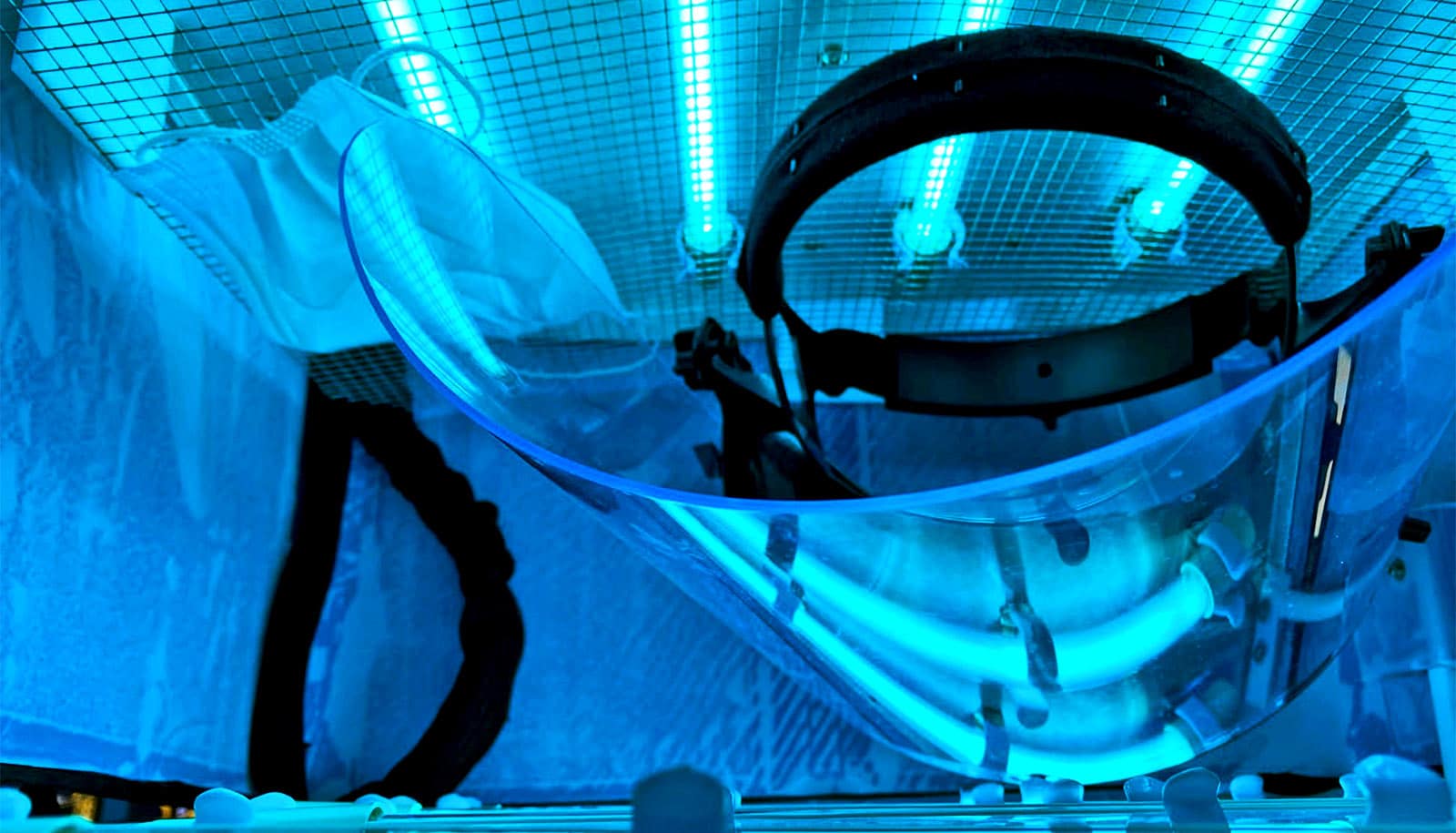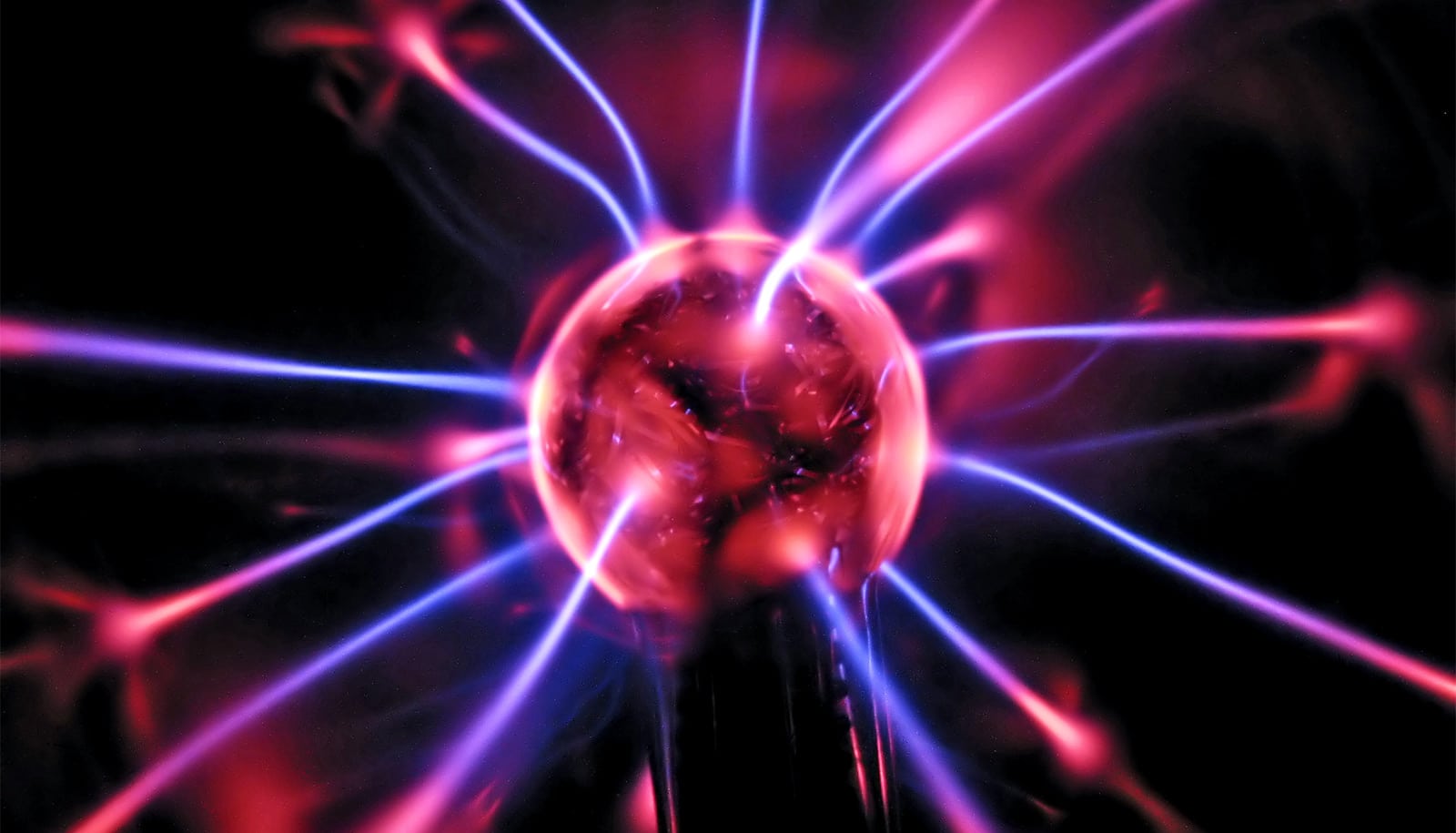New research reveals more about SARS-CoV-2’s vulnerability to sunlight.
A year ago scientists everywhere were scrambling to get their minds around the SARS-CoV-2, a novel coronavirus that caused the pandemic from which we are only now beginning to emerge. The world clung to every new development, every bit of science that could provide clues to managing life in the presence of this mysterious killer.
Many science-backed COVID-19 management concepts remain unchanged to this day: hand washing with soap and warm water disrupts the virus’ lipid membrane. Social distancing can attenuate the virus’s spread, ideally keeping it out of a host until it degrades. Other notions, such as droplet contact being the primary mode of transmission, were modified when emerging evidence showed that under certain conditions, the virus could remain suspended in air for extended periods of time.
In a letter in the Journal of Infectious Diseases, researchers conclude that it might take more than UV-B rays to explain sunlight inactivation of SARS-CoV-2.
The idea that an additional mechanism might be in play came when the team compared data from a July 2020 study that reported rapid sunlight inactivation of SARS-CoV-2 in a lab setting, with a theory of coronavirus inactivation by solar radiation that was published just a month earlier.
“The theory assumes that inactivation works by having UV-B hit the RNA of the virus, damaging it,” says lead author Paolo Luzzatto-Fegiz, a mechanical engineering professor at the University of California, Santa Barbara. Judging from the discrepancies between the experimental results and the predictions of the theoretical model, however, the research team felt that RNA inactivation by UV-B “might not be the whole story.”
According to the letter, the experiments demonstrated virus inactivation times of about 10-20 minutes—much faster than predicted by the theory.
“The theory predicts that inactivation should happen an order of magnitude slower,” Luzzatto-Fegiz says. In the experiments, viruses in simulated saliva and exposed to UV-B lamps were inactivated more than eight times faster than would have been predicted by the theory, while those cultured in a complete growth medium before exposure to UV-B were inactivated more than three times faster than expected.
To make the math of the theory fit the data, according to the letter, SARS-CoV-2 would have to exceed the highest UV-B sensitivity of any currently known virus.
Or, Luzzato-Fegiz and colleagues reason, there could be another mechanism at play aside from RNA inactivation by UV-B rays. For instance, UV-A, another, less energetic component of sunlight might be playing a more active role than previously thought.
“People think of UV-A as not having much of an effect, but it might be interacting with some of the molecules in the medium,” he says. Those reactive intermediate molecules in turn could be interacting with the virus, hastening inactivation. It’s a concept familiar to those who work in wastewater treatment and other environmental science fields.
“So, scientists don’t yet know what’s going on,” Luzzatto-Fegiz says; “Our analysis points to the need for additional experiments to separately test the effects of specific light wavelengths and medium composition.”
Results of such experiments might provide clues into new ways of managing the virus with widely available and accessible UV-A and UV-B radiation. While UV-C radiation is proved effective against SARS-CoV-2, this wavelength does not reach the Earth’s surface and must be manufactured. Although UV-C is presently used in air filtration and in other settings, its short wavelengths and high energy also makes UV-C the most damaging form of UV radiation, limiting its practical application and raising other safety concerns.
“UV-C is great for hospitals,” says coauthor Julie McMurry. “But in other environments—for instance kitchens or subways—UV-C would interact with the particulates to produce harmful ozone.” While no single intervention will eliminate risk, this research would provide one further tool to reduce exposure, thus slowing transmission and improving health outcomes.
Coauthor and mechanical engineering professor Yangying Zhu adds that UV-A turning out to be capable of inactivating the virus could be very advantageous: there are now widely available inexpensive LED bulbs that are many times stronger than natural sunlight, which could accelerate inactivation times. UV-A could potentially be used far more broadly to augment air filtration systems at relatively low risk for human health, especially in high-risk settings such as hospitals and public transportation, but the specifics of each setting warrant consideration, says coauthor Fernando Temprano-Coleto.
Additional researchers from Oregon State University, ETH Zurich, and the University of Manchester also contributed to the work.
Source: UC Berkeley



